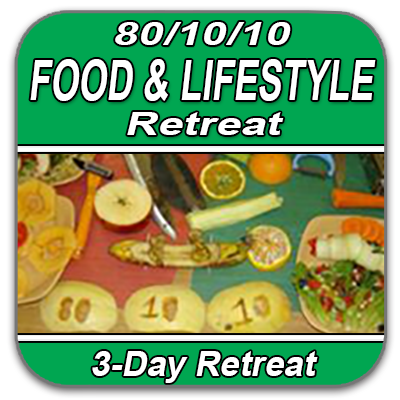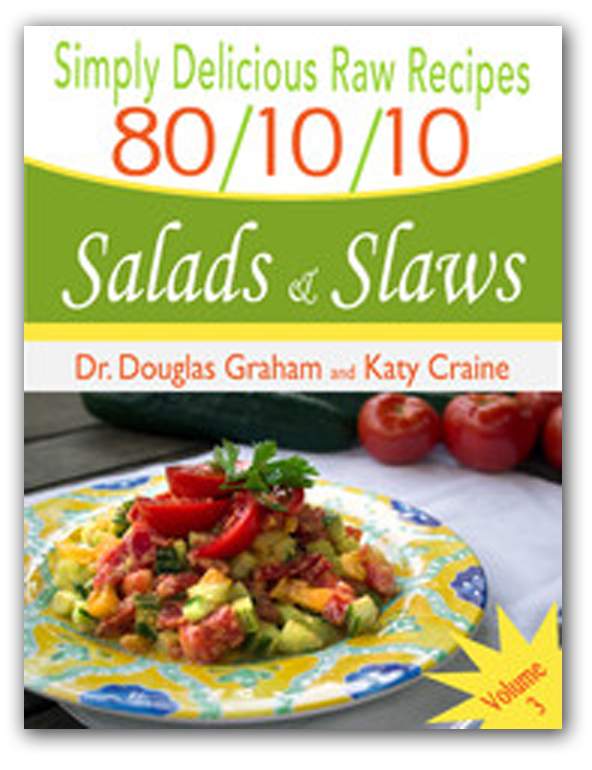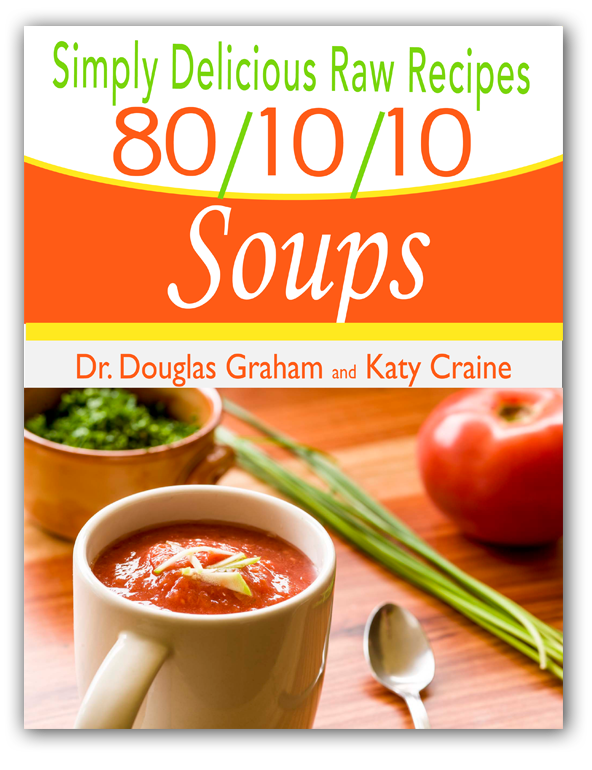
Eat Them Alone Or Leave Them Alone?
Basic food combining guidelines suggest that melons are best eaten all by themselves. In fact, some people say, even different types of melon are also best eaten by themselves. What is the logic, and the digestive physiology behind this guideline, and does it really make sense?
The idea behind the creation of the initial food combining guidelines was not so much about digestive chemistry, or nutritional sufficiency, but as a means of controlling and limiting total calorie intake. Before diabetes, heart disease, and cancer became the big concerns on the American health scene, before the rash of digestive disorders that now affects more than one out of every three adults, doctors noted the rising trend of obesity. Food combining guidelines were created in an effort to increase total fruit and vegetable consumption as a healthy method of weight management. “Eat protein foods with vegetables. Eat starchy foods with vegetables.” The message to eat more vegetables was clear. “Eat melons alone or leave them alone” was one of the recommendations designed to encourage the consumption of greater quantities of fruit. Health enthusiasts took note of the guidelines, often applying them rigidly and unquestioningly, but it was those people living far less than healthfully for whom the message was primarily intended.
Proper food combining not only helps to prevent obesity, it also makes food easier to digest, thus making more nutrients available from our food and improving overall nutrition. Over time, we’ve had the opportunity to utilize food combining guidelines to help people with a wide range of health issues, especially those with any of the top ten most common digestive disorders. We have also had the time to examine the physiology behind the food combining guidelines, and have noted that some make more sense than others, while some would do well to be modified or updated. Certainly the melon guideline is on this list.
Initially it was thought that the idea behind the melon rule was because melons digest so quickly, but it turns out that the same is true for almost anything that has a water content similar to melon. Therefore, at least in theory, citrus fruits, berries, and even tomatoes should digest well with melons. Put this hypothesis to the test and you discover that indeed all of these foods do indeed digest well with melons. The time has come, it seems, to modify the melon rule. “Eat melons alone, or eat them with other foods that are equally as juicy.”
Supplies and Equipment:
Retreats:
|
Cultivate Your Inner Chef |
Practical Skills To Thrive |
Books:
|
Simply Delicious Fall Retreat Menu |
Simply Delicious SALADS and SLAWS |
Simply Delicious DESSERTS |
Simply Delicious SOUPS |







